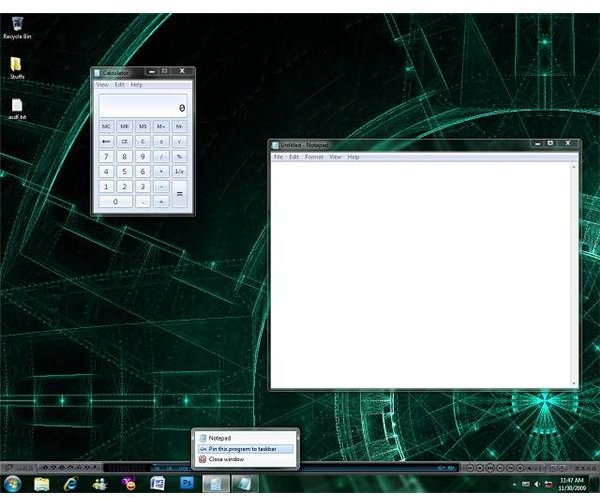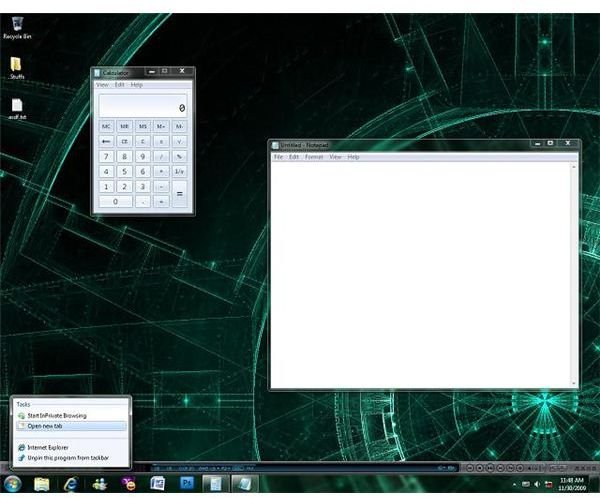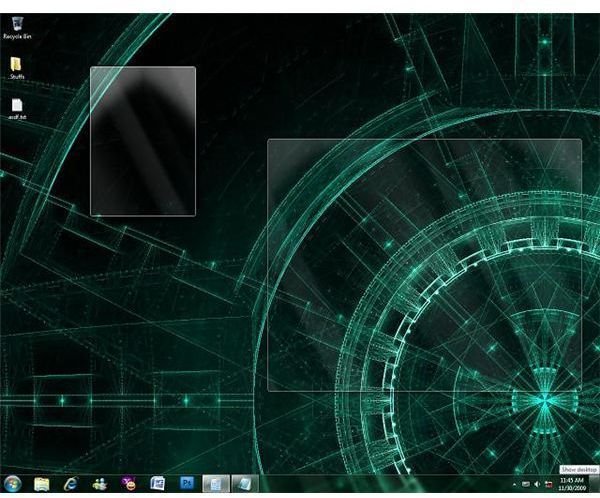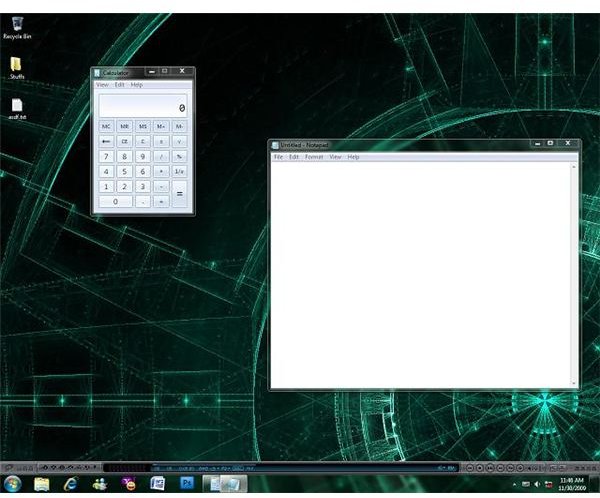What is Windows 7? What Makes Windows 7 Different from Vista?
Introducing Windows 7
Microsoft’s Windows 7 is the seventh version of the popular Microsoft Windows operating environment. It builds upon the groundwork laid by Windows Vista, but was designed from the ground up to provide a more user-friendly computing experience for old and new Windows users. Old features have been tweaked and adjusted in order to create a better overall user experience, and new features have been added in order to provide convenience and user accessibility.
Not Vista 2.0
Though Windows 7 shares much in common with Windows Vista and is built off of the Vista kernel, Microsoft has made a number of changes to the operating system to ensure that it isn’t simply an updated version of Vista. Windows 7 was designed to remove a number of the stumbling blocks that Vista encountered, creating a new operating system that improves the best of Vista while avoiding many of the problems that gave Vista its bad name.
Aero Refined
The Aero Glass environment is back in Windows 7, though it has gone through a few small changes since it premiered in Windows Vista. Users can now select from a wider range of colors when designing Aero themes, and new features such as automatically-changing backgrounds can be added to create a more inclusive overall theme. Aero serves as more than just a way to make Windows 7 look impressive, as well; a new feature known as Aero Peek allows users to view programs running in the background to check on their status without actually having to minimize other windows or bring the program to the forefront.
A More Powerful Taskbar

The Taskbar has been redefined in Windows 7, giving you innovative and useful features that haven’t been present in any previous Windows operating system. Frequently-used programs can be pinned to the Taskbar in order to keep them close at hand even when they aren’t running, and both open and pinned programs can be rearranged in the order that the user would prefer. Multiple instances of the same program can be automatically grouped together as well, allowing them to be more easily found and accessed.
Taming User Account Control
One of the most notorious features of Windows Vista was User Account Control, better known as UAC. Because of the annoyance factor that UAC presented, many Vista users chose to simply turn it off instead of dealing with the constant security warnings that it provided. User Account Control has returned in Windows 7, but it has been changed to make it more customizable. The UAC’s level of sensitivity can be adjusted so that it won’t go off with every program that is launched, and it can be more easily turned off if the user desires.
Improved Program Interaction

Windows 7 allows users to interact with their programs in a variety of new ways. Items that have been pinned to the Taskbar can be launched with a click, but these programs may also have other features available as well. A right-click on any pinned item lets users see their options, from launching additional copies of the program to playing songs or creating new tabs directly from the Taskbar. Older programs which aren’t fully compatible with Windows 7 can benefit from the operating system’s new features as well, with Windows 7 allowing users to host a fully virtualized version of Windows XP on the OS if they choose.
Power Meets Stability
Windows 7 is a powerful operating system and packs a number of visual effects into its programming. It is also a very stable system, however, building on the stability that was inherent in Microsoft Windows Vista. The operating system is able to achieve this stability while using fewer resources than Vista as well, easing the load on older systems that may have had problems when trying to run Windows Vista.
Designed with Users in Mind

There are so many little things about Windows 7 that make it clear that the operating system was designed with the end user in mind. Windows can now be maximized simply by bumping them against the top of the screen, or they can be set to half-screen mode by bumping them against the side that the user wishes to dock them to. The desktop can be viewed with Aero Peek so that running programs don’t have to be minimized, but they still can be with the click of a button. Most importantly, a number of useful features and shortcut keys have been listed in the manual that comes with the operating system… even the documentation for Windows 7 is easily accessible to users of all levels of computing skill.
